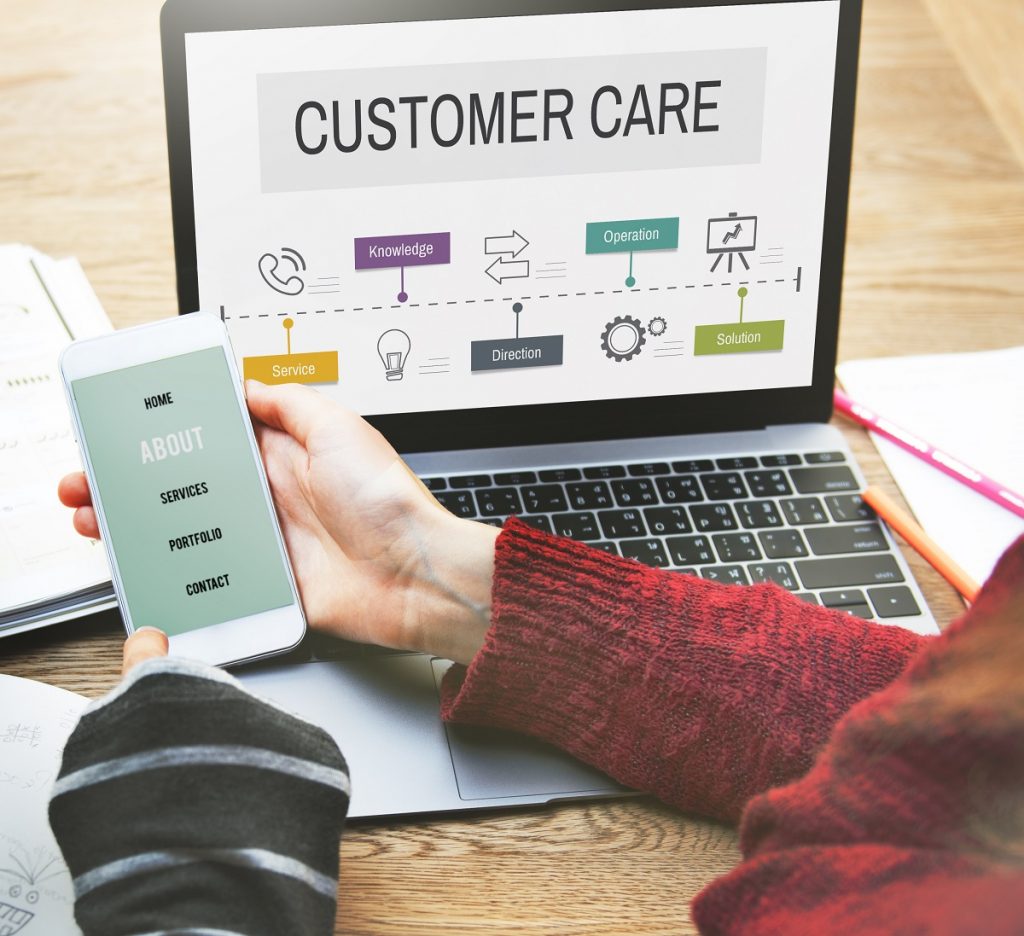Customer feedback is a vital part of business improvement. In fact, it is the key factor that steers most of a company’s business decisions and strategies. With the kind of sophisticated technology available today, collecting and responding to customer feedback is easier now more than ever. But with how rapid customer feedback technology is developing nowadays, how do you know which software and tools to take advantage of?
By looking at some of the biggest and latest trends in customer feedback technology, you will be better able to determine which tools and features your business needs. Here are some of the best examples that you should look into:
1. Activated NPS
Unlike traditional NPS, activated NPS feedback software collects feedback then immediately routes actionable insights to the right people, allowing you to respond and strategize in real-time. The biggest advantage of this kind of technology is that it cuts down the time in aggregating feedback data, making way for faster response times and increased customer satisfaction. Moreover, this system uses intelligent automation, meaning you will also be able to save time and money on collecting and responding to feedback from customers.
2. Personalized follow-ups
Many companies collect feedback from customers after transactions and stop there. Some send auto-replies with generic thank-you messages to customers who bothered to answer the feedback survey. Don’t make either of these mistakes. When a customer spends a portion of their day providing valuable feedback to your business, they deserve a response that is beyond a generic email.
Like any other marketing material, personalization is the key to making your follow-ups more effective in establishing good relationships with your customers. Luckily, recent developments in customer feedback software can help you reply to customers with personalized follow-ups based on the contents of their responses.
3. Speech analytics
Using speech analytics tools can help you detect emotions in customers’ voices from audio data. Whether a customer sounds upset or happy, this technology can guide you in creating an appropriate response more efficiently. Furthermore, speech analytics tools can revolutionize the way we collect feedback from customers; instead of filling out feedback forms, customers can send audio files instead for a more convenient way of providing feedback.
Although speech analytics is not yet widely integrated into customer feedback software, the technology shows excellent promise. Along with the development of AI and voice recognition software, we can expect speech analytics tools to become more and more sophisticated as time goes by.
4. Mobile-optimized surveys

Over 90% of Internet users surf the web using mobile. Hence, it only makes sense to optimize all of your customer surveys for mobile browsers. In fact, not doing so can lead to poor response rates since web pages that are not optimized for mobile tend to experience higher bounce rates (the rate at which web visitors exit out of the page without exploring further).
Aside from optimizing the format to display perfectly on mobile browsers, it is also important to ask fewer questions, offer support for smartphone features (swiping, QR code readers, mobile uploads), and reduce text inputs by replacing them with interactive apps questions that customers can click on. Not only can mobile optimization help you get more responses, but it can also improve the overall customer experience by making it more convenient for customers to provide their answers.
5. Multiple contact methods
Not all customers want to answer feedback forms. Thus, you must have other means of providing feedback; otherwise, you may be missing out on valuable insights that can help you optimize your improvement strategies. Aside from a traditional survey, offer customers alternative ways to provide feedback, such as live chat, a ticketing system, or a hotline made specifically for collecting feedback.
Although having multiple feedback collection methods usually means extra work in aggregating data, this strategy can help your business collect more feedback and more authentic information therein. After all, customer feedback forms can only reflect what customers are truly thinking to a certain degree, and letting them give feedback through the phone or send insights that are outside of your feedback forms can make a huge difference.
Trends in marketing and customer service may come and go. Still, these, in particular, can become permanent standards for companies with how effective they are in collecting, aggregating, and responding to customer feedback. If your company wants to use customer insights better, apply one or more of these strategies into your overall customer feedback plan.


